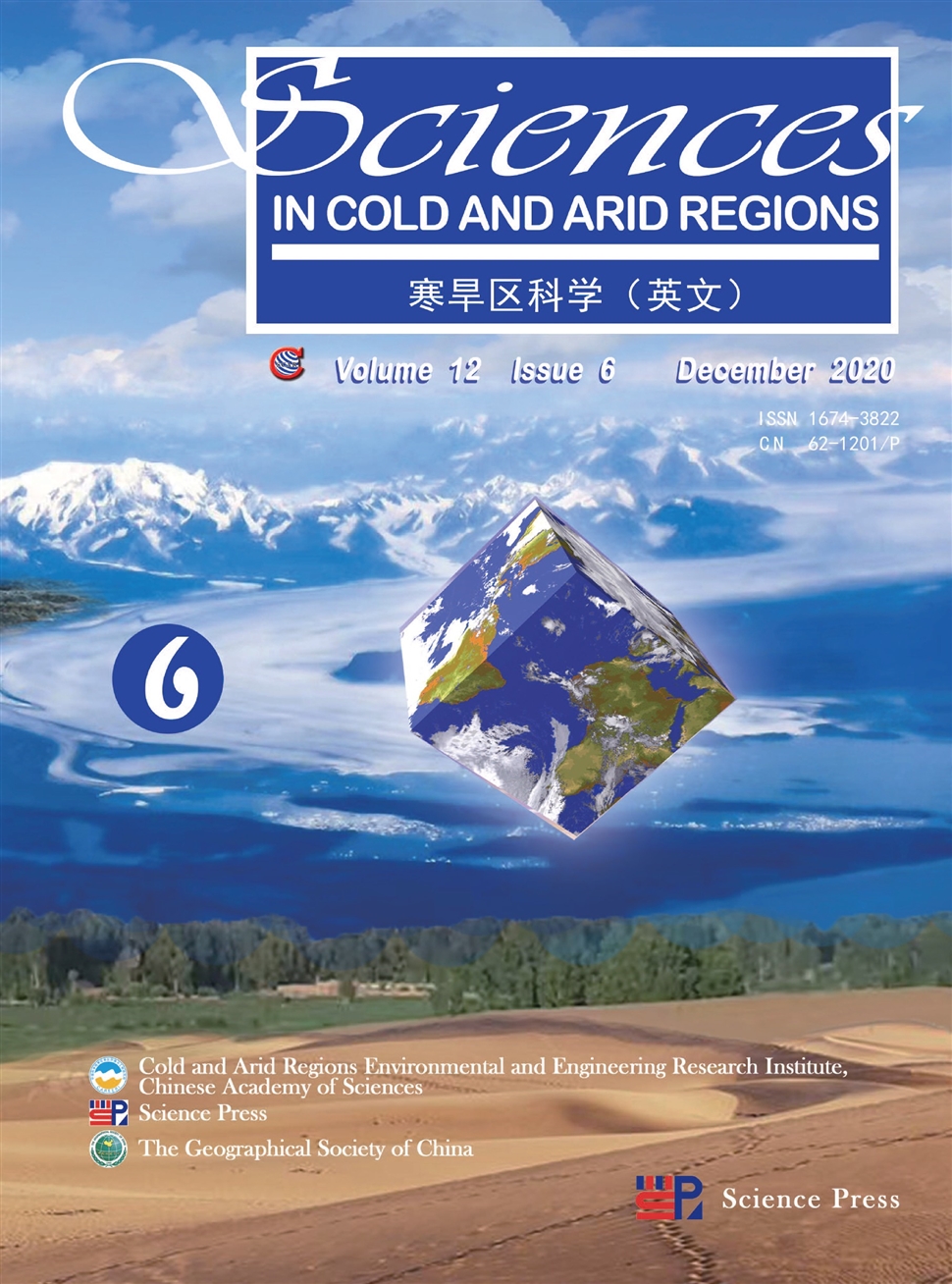Processes of runoff in seasonally-frozen ground about a forested catchment of semiarid mountains
作者:PengFei Lin,ZhiBin He,Jun Du,LongFei Chen,Xi Zhu,QuanYan Tian
摘要:Climate warming increases the variability in runoff of semiarid mountains where seasonally-frozen ground is widely distributed.However,what is not well understood are the processes of runoff,hydrological drivers,and freeze-thaw cycles in seasonally-frozen ground in semiarid mountains.To understand how freeze-thaw cycles affect runoff processes in seasonally-frozen ground,we monitored hydrological processes in a typical headwater catchment with seasonally-frozen ground in Qilian Mountain,China,from 2002 to 2017.We analyzed the responses of runoff to temperature,precipitation,and seasonally-frozen ground to quantify process characteristics and driving factors.The results show that annual runoff was 88.5 mm accounting for 25.6%of rainfall,mainly concentrated in May to October,with baseflow of 36.44 mm.Peak runoff occurred in June,August,and September,i.e.,accounting for spring and summer floods.Runoff during the spring flood was produced by a mix of rainfall,melting snow,and melting seasonally-frozen ground,and had a significant correlation with air temperature.Runoff was mainly due to precipitation accumulation during the summer flood.Air temperature,average soil temperature at 0−50 cm depth,and frozen soil depth variable explained 59.60%of the variation of runoff in the thawing period,while precipitation variable explained 21.9%.Thawing-period runoff and soil temperature had a>0.6 correlation coefficient(P<0.05).In the rainfall-period,runoff was also affected by temperature,soil moisture,and precipitation,which explained 33.6%,34.1%and 18.1%,respectively.Our results show that increasing temperature and precipitation will have an irreversible impact on the hydrological regime in mountainous basins where seasonally-frozen ground is widely distributed.
发文机构:Linze Inland River Basin Research Station Key Laboratory of Ecohydrology of Inland River Basin
关键词:RUNOFFseasonally-frozengroundsemiaridmountainsNortheastmarginofTibetanPlateau
分类号: S15[农业科学—土壤学]
- Soil hydraulic conductivity and its influence on soil moisture simulations in the source region of the Yellow River―take Maqu as an example
- The 2018 Academic annual meeting of China Society of Cryospheric Science was held successfully in Foshan on November 17–18,2018
- A paleo-hydrological simulation experiment and its verification in an inland basin
- Variation in water source of sand-binding vegetation across a chronosequence of artificial desert revegetation in Northwest China
- 60-year changes and mechanisms of Urumqi Glacier No.1 in the eastern Tianshan of China,Central Asia
- Seed germination and seedling growth of Pycnanthus angolensis(Welw.)Warb.,African false nutmeg
- Origin and advances in implementing blowing-snow effects in the Community Land Model
- Estimating interaction between surface water and groundwater in a permafrost region of the northern Tibetan Plateau using heat tracing method
- Cryosphere evapotranspiration in the Tibetan Plateau:A review
- Fast genetic mapping in barley:case studies of cuticle mutants using RNA-sequencing


